The Grandiose Ambition of the Great Southern of Spain Railway Company Ltd.
GSSR: Corruption, Concessions, & Gustave Gillman's Rescue
This is the story of the chaotic birth of the Great Southern of Spain Railway (GSSR). We look at the bureaucratic concession battles of the 1870s, the shady dealings of founder Edmund Sykes Hett, and the perilous fixed-price contract with Hett, Maylor & Co. Most critically, learn how the polymath engineer Gustave Gillman transformed the failing project into a profitable industrial artery, building the crucial El Hornillo Pier in Águilas.
By Nick Nutter on 2025-10-5 | Last Updated 2025-10-23 | The Grandiose Ambition of the Great Southern of Spain Railway Company Ltd.
This article has been visited 307 times

The Great Southern of Spain Railway Company Ltd
The Concession and The Founders: A Game of Bureaucracy
The birth of the Great Southern of Spain Railway Company, the GSSR, wasn't a clean, simple process. It was mired in the kind of subtle negotiations and bureaucratic manoeuvring that defined railway concessions in 19th-century Spain. The history of the GSSR's operating license, officially known as Concession 3, is anything but straightforward.
The line from Murcia to Granada was first authorized way back in July 1870. The key figure at the beginning was a retired British shipping merchant named Edmund Sykes Hett, who put up the deposit to bid for the concession that very month. Over the next decade, other companies tried and failed to wrestle the concession away.
This period was a spaghetti bowl of deals.
Consider the case of Francisco de Laguardia Durante. In July 1874, the Lorca Council learned he had a project for a railway connecting Lorca to the port of Águilas. By December of that year, Francisco had secured a concession for the branch line between Almendricos and Águilas. Just a few months later, in March 1875, the Lorca Council granted him another concession, this time for the full line from Lorca to Águilas, and even offered to fund it with two million pesetas in debentures. Francisco claimed to have started work in April 1875, yet actual construction near the port didn't begin until May 1882.
Meanwhile, in March 1876, the concession for the line between Alcantarilla and Lorca was reported to be owned by a company belonging to Pedro Gómez Rubio. A later report indicates the entire concession between Murcia and Águilas was restored to his inheritors, only for the Crédito General de Ferrocarriles to be authorized to take it over the very next month.
Clearly, something was in the air—or maybe in the back pockets—between 1870 and 1882. It’s impossible to ignore the whiff of financial shenanigans that clouded the process.
Do you enjoy my articles? For your reading pleasure, this website does not carry third party ads. You could help me write more articles by buying me a cup of coffee.
Hett Secures the Prize
We now return to Edmund Sykes Hett. In 1884, he finally secured the contract to study and develop the entire railway project from Murcia to Granada. The contract was signed between the Governor of Almeria, Francisco Ramirez Carmona and Hett. On the 10th of April 1884, Edmund Sykes Hett and Carmona applied to the Dirección General de Obras Públicas to be able to build the Murcia to Granada railway.
But even as he applied, Hett must have realized a large part of the line—the easier, flat section from Murcia to Lorca—was already lost. The Crédito General de Ferrocarriles and the Madrid-Zaragoza-Alicante Railway was already building it and the section was removed from the GSSR’s concession. That first train ran from Alcantarilla to Lorca in March 1885.
The official auction for the remaining concession was announced in November 1884. For reasons still unclear, the first auction in November 1884 had no bids. But Hett was persistent. When the auction was rescheduled for March 1885. Edmund Sykes Hett won by being the sole bidder.
Hett secured the concession with a deposit of over 600,000 pesetas. His initial budget for the entire line was a staggering 60 million pesetas. Yet, he then drastically reduced his budget for the remaining, more difficult sections to just 13 million pesetas. This ridiculously low figure—especially considering the mountains ahead—highlights the corruption and endemic bureaucracy of the time. It was a massive financial gamble, and an obstacle that would haunt the GSSR for years to come.
The Symbiotic Flaw: Hett, Maylor & Co.
With the concession secured, the formal structure was built. The Great Southern of Spain Railway Company Limited was incorporated in London in November 1885 with an initial capital of £1.25 million.
The construction, however, was immediately outsourced. Hett, Maylor & Co. Ltd. was formed in June 1885 by Edmund Sykes Hett and his friend and relative-by-marriage, John Maylor.
This arrangement created a perilous corporate structure. The Hett family had directors on both boards, blurring the lines of governance. Hett, Maylor & Co. was also a significant shareholder in the GSSR. In essence, the railway company outsourced its core operational risk to a company it co-owned and co-managed. This wasn't an external supply-chain issue; it was an internal ticking time bomb.
The construction contract contained a fateful clause: a fixed-price payment of over £2 million on completion of the line. This guaranteed cost certainty for the GSSR, but it was a cash-flow death trap for Hett, Maylor, which was grossly under-budgeting the difficulty of building in this rugged terrain. The company was set up for an implosion that would later threaten the entire GSSR project.
Despite the paperwork chaos, there was remarkable strategic foresight. Hett and his partner, George Winfield Higgin, immediately visited Águilas and devised the crucial branch line from Almendricos to the port. This decision, connecting the coast to the main line, would ultimately become the GSSR's saving grace.
The Unsung Hero: Gustave Gillman
In any great saga, there's a central character who shapes its fate, and for the GSSR, that hero was Gustave Gillman.
More than a civil engineer, Gillman was a true polymath: a skilled musician, painter, linguist fluent in eleven languages, photographer, and businessman. He joined the GSSR in the summer of 1889, taking up lodgings in Lorca. His early work was crucial, studying the feasibility of routes through the daunting Sierra de Los Filabres mountains. Beyond his technical acumen, Gillman had a deep respect for the local people and landscape, which he famously documented with his brilliant, though cumbersome, photography.
By the time Serón station opened in September 1894, Gillman was in overall charge of construction. He faced a monumental logistical challenge, acting as a one-man general: sourcing heavy equipment from northern Europe, transporting it up impassable roads from Águilas, and building 160 kilometres of track through rugged mountains.
Gillman's enormous efforts were formally recognized in 1897 when he was appointed 'Director of Railways and the Company in Spain.' He correctly identified that the future of the company lay not in general passenger traffic, but in the mass transport of iron and lead ore. It was Gillman who initiated the construction of the key loading facilities, most notably the colossal El Hornillo pier in Águilas. His vision and tenacity are widely credited with saving the railway, single-handedly transforming the struggling project into a thriving industrial artery.
Other key players deserve mention: Edmund Sykes Hett was the initial visionary who secured the concession. George Winfield Higgin was his early partner, instrumental in devising the strategic branch line to Águilas. And James Livesey was the respected civil engineering expert whose firm designed many of the stations and helped bring the ambitious plans for El Hornillo to fruition.
Enjoying This Article – FREE to read on Kindle Unlimited?
My new book, 'The Grandiose Ambition of the Great Southern of Spain Railway Company Ltd.’ is now available as a fully illustrated, colour, paperback from Amazon, as a downloadable ebook from Kindle and Free to Read on Kindle Unlimited.
Do you enjoy my articles? For your reading pleasure, this website does not carry third party ads. You could help me write more articles by buying me a cup of coffee.

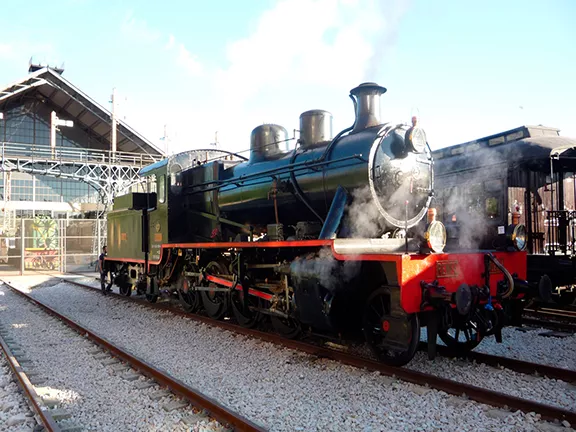 1: Setting the Stage for the GSSR
1: Setting the Stage for the GSSR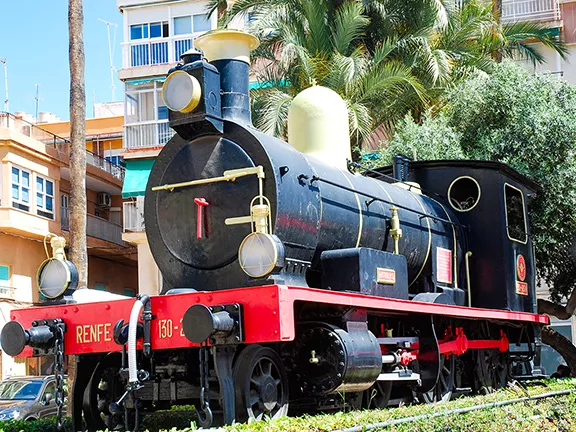 3: Águilas to Almendricos and Lorca (1885–1890)
3: Águilas to Almendricos and Lorca (1885–1890)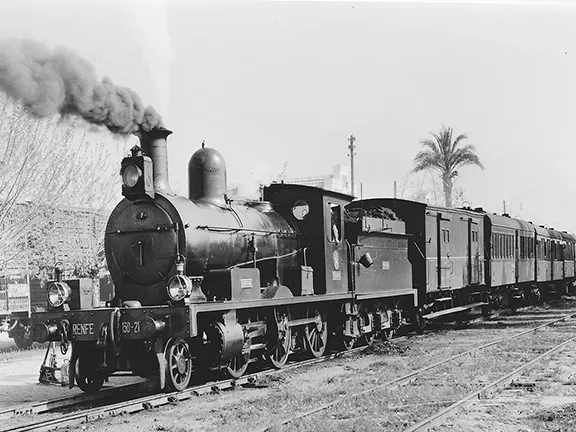 4: Implosion of Hett, Maylor & Co.
4: Implosion of Hett, Maylor & Co.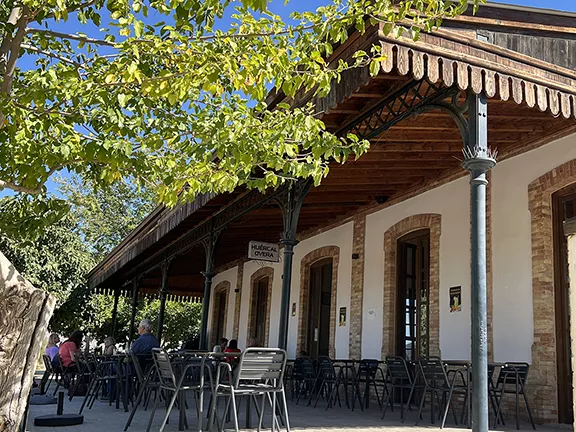 5: Almendricos to Huércal-Overa (1890–1891)
5: Almendricos to Huércal-Overa (1890–1891)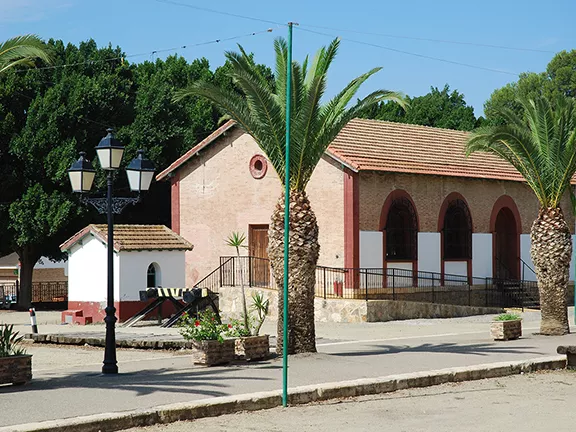 6: Huércal-Overa to Zurgena (1891–1892)
6: Huércal-Overa to Zurgena (1891–1892)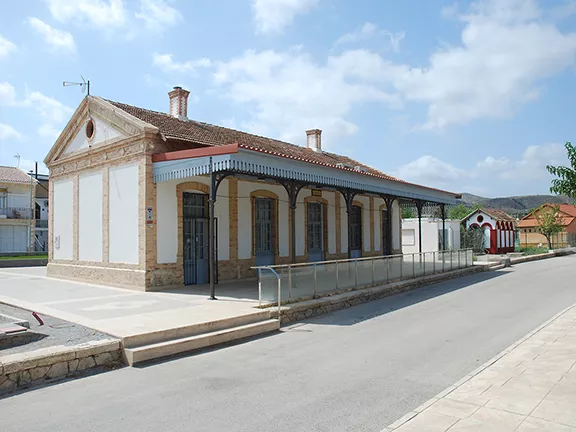 7: Zurgena to Almanzora (1892–1893)
7: Zurgena to Almanzora (1892–1893)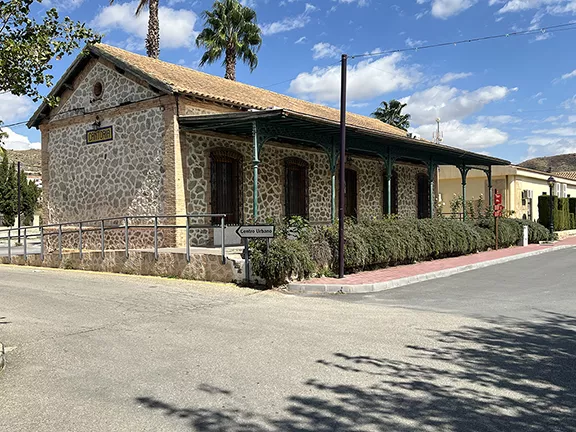 8: Almanzora to Purchena (1893–1894)
8: Almanzora to Purchena (1893–1894)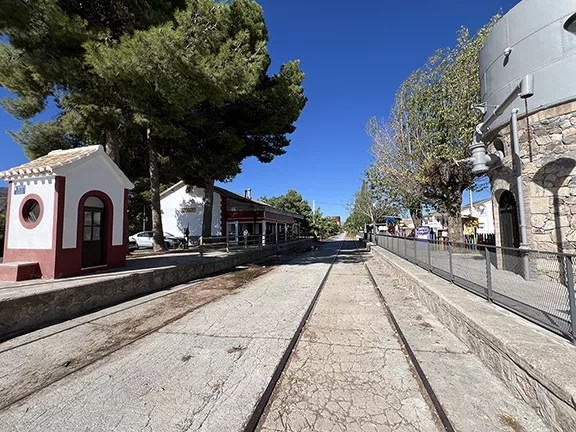 9: Purchena to Serón (1894)
9: Purchena to Serón (1894)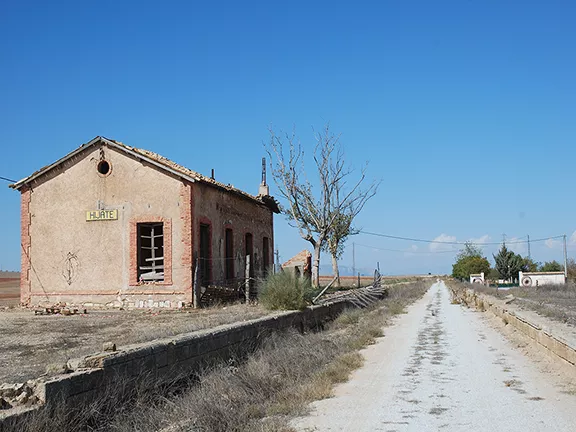 10: Serón to Baza (1894)
10: Serón to Baza (1894)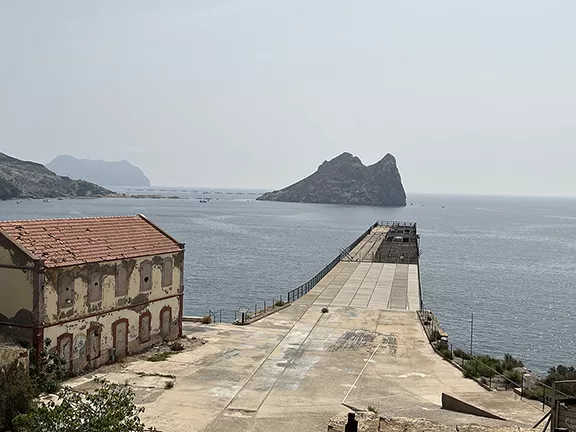 11: El Hornillo Ore Loading Pier (1903)
11: El Hornillo Ore Loading Pier (1903)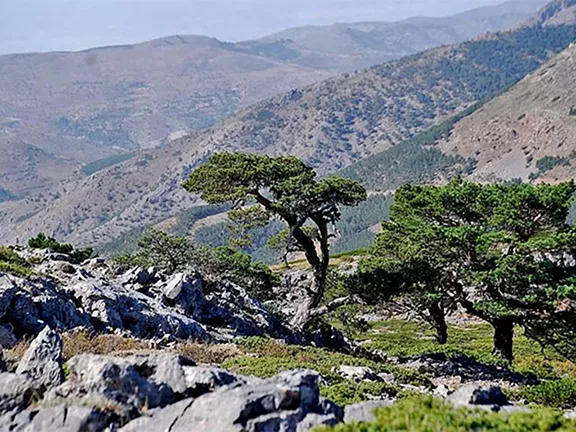 12: GSSR Concession Transfer
12: GSSR Concession Transfer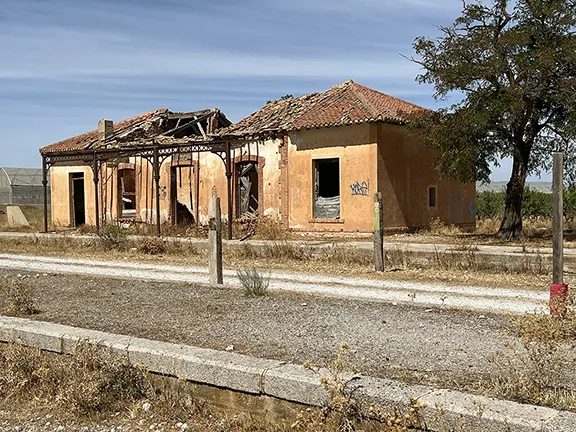 13: Baza to Baúl (1906)
13: Baza to Baúl (1906)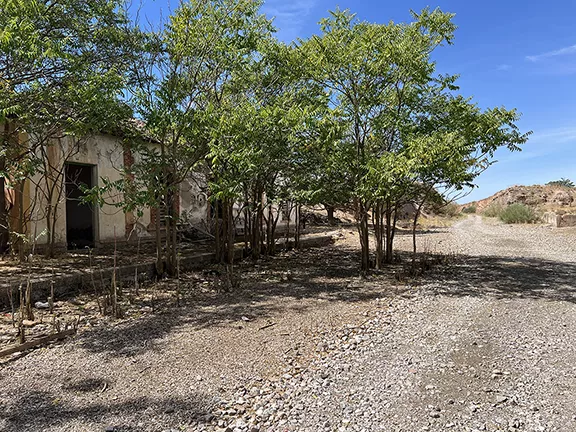 14: Baúl to Gor
14: Baúl to Gor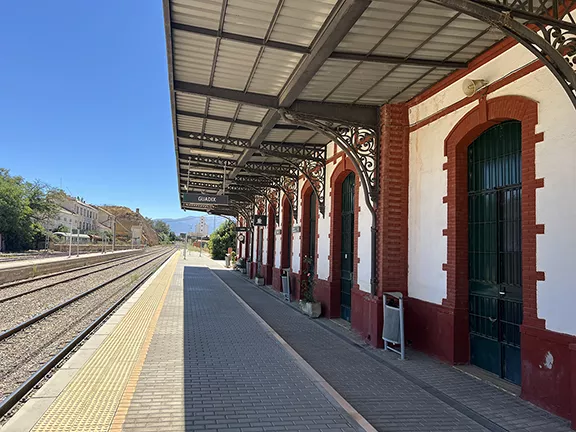 15: Gor Viaduct Disaster (1905)
15: Gor Viaduct Disaster (1905)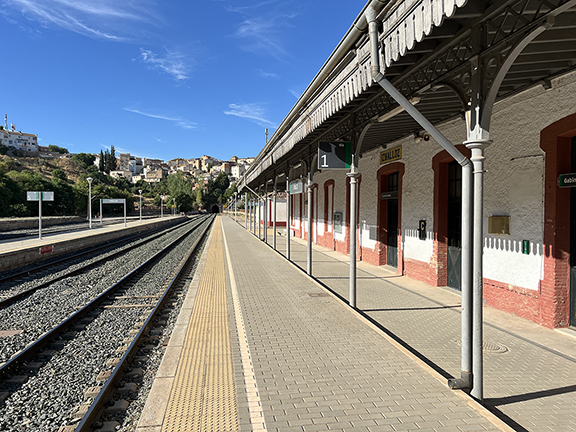 16: Granada to Guadix (1904)
16: Granada to Guadix (1904)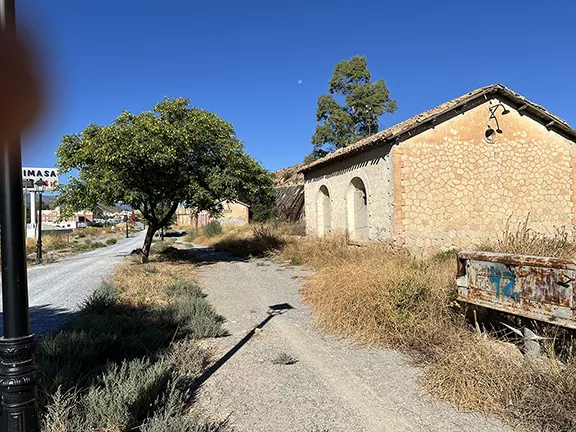 17: The Twilight and Rebirth of the GSSR
17: The Twilight and Rebirth of the GSSR